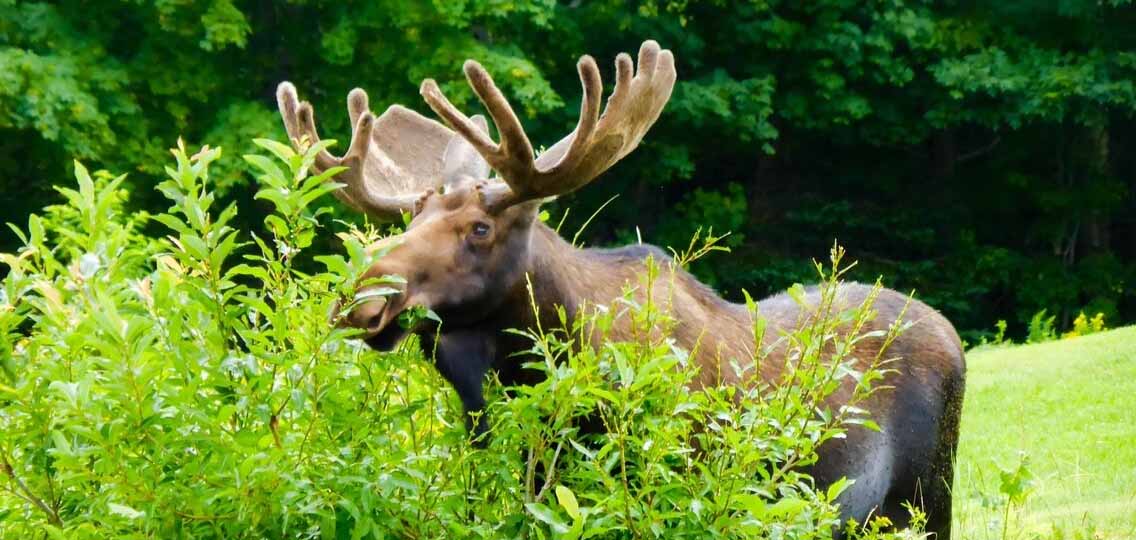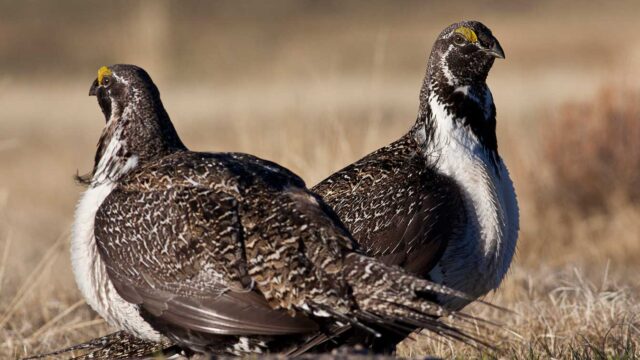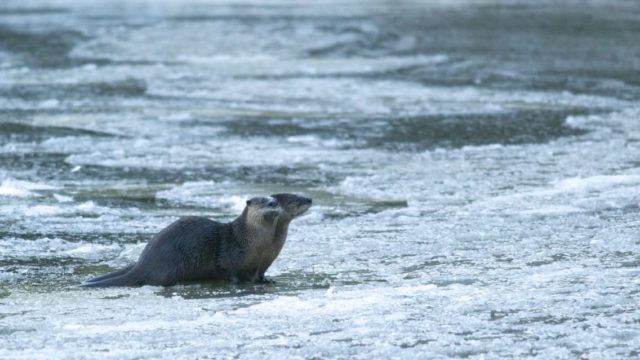Ecojustice uses the law – where it exists – to protect species-at-risk from coast to coast
Canada, like the rest of the globe, is experiencing a biodiversity crisis.
But judging just from the state of our laws, you would not know it. Good species-protection laws are being watered down, or never properly implemented. Some provinces make do with weak laws while others do not have any laws in place to protect our most imperiled animals and plants.
Around the world, wildlife populations are plunging due to habitat loss and degradation, climate change – or in many cases, because a variety of causes converge to create ecosystem instability.
We like to think Canadian wildlife, dwelling in a nation of wide-open spaces, tall forests and clear lakes, might be doing better. But science says this is not the case. Half of monitored Canadian species are declining in numbers. Some types of wildlife, such as grassland birds, have seen populations decline by 55 per cent since the late 1970s.
Species laws are meant to protect species-at-risk and ensure measures are put in place to help them recover. Unfortunately in Canada, it doesn’t always work out that way. There are many different ways for the law to protect endangered species – and just as many ways for legal protections to go wrong.
Ecojustice was part of the coalition that convinced the federal government to enact the Species At Risk Act (SARA), Canada’s first modern species protection law. While SARA, which came into force in 2004, contains strong legal protections for species and their habitats, it only automatically protects migratory birds, aquatics species and species on federal lands. That covers just a fraction of Canada’s wildlife.
As a result, each province was left to develop its own legislation for protecting at-risk species. Some provinces have established a legal framework to safeguard species within their jurisdiction, while others haven’t – sometimes with dire consequences.
British Columbia has more species at risk than any other province, but is also one of the few provinces without a specific law that protects endangered wildlife. Species like the Spotted Owl, now extirpated in B.C., have paid the price. The B.C. government prioritized logging over protecting the Spotted Owl and authorized clearcutting their habitat to the point that only a handful of the owls exist in captivity.
Nova Scotia has an Endangered Species Act that sets out clear timelines and milestones for species recovery. But for years, the provincial government has treated the law as a vague guideline rather than as legal requirements for species protection. Despite environmental groups sounding the alarm, and not one but two damning reports by the province’s auditor general, the government continues to fail to meet the most basic requirements of their own laws. We’re taking them to court so that will change.
Even when provinces have good species-protection laws in place, a change of government can put those laws on the chopping block. Ontario’s Endangered Species Act was once considered the gold standard for species protection in North America – until Premier Doug Ford was elected. In April 2019, the Ford government substantially weakened the law, reducing required protection measures from industry and, in a move critics dubbed “pay-for-slay”, even allowed them to pay a fee rather than take action to protect endangered species.
In August 2019, many Canadians reacted angrily to the news that the Trump administration planned to change the U.S.’s Endangered Species Act, which is credited with helping beloved species like the bald eagle to recover. The proposed changes in policy, which will prioritize business over biodiversity, were widely condemned.
But it’s clear Canada’s laws are not much better – and, in places like B.C. where an endangered-species law doesn’t even exist, the situation is dire.
Robust, well-enforced laws to protect species are one of the best tools we have to stop and reverse the biodiversity crisis. From wild salmon and orcas in B.C. to the Greater sage-grouse in the prairie provinces and the iconic caribou, Ecojustice has – and will continue to – wield the power of the law to defend nature and protect Canada’s species-at-risk.
Let’s stay in touch! Sign-up today to get breaking news updates on how Ecojustice is using the law to build the case for a better earth delivered straight to your inbox.




